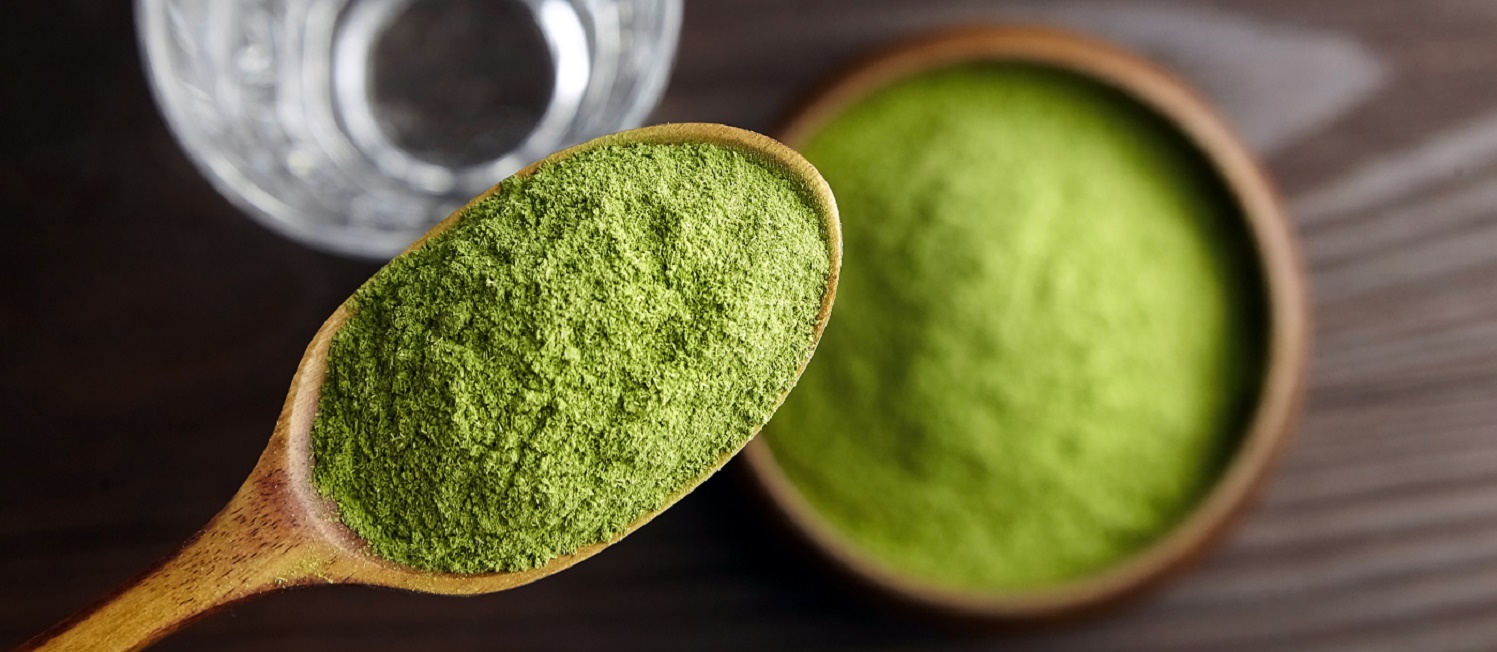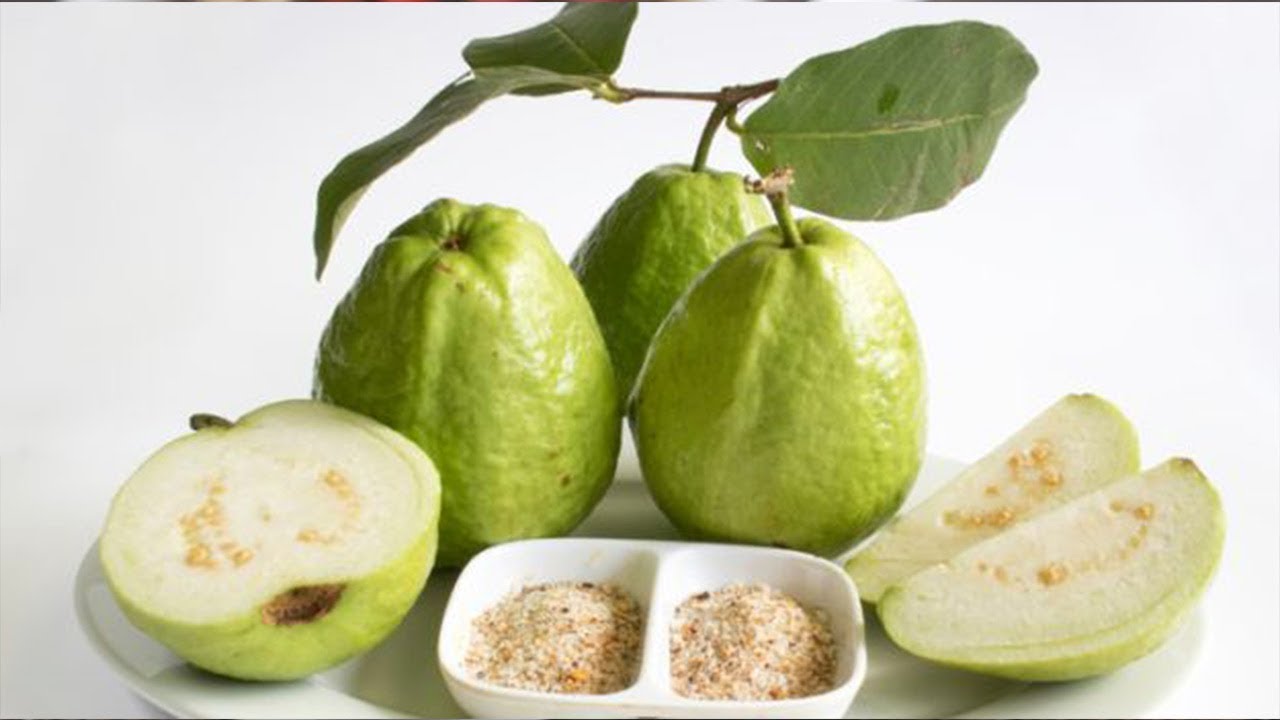Introduction to Wheatgrass
Wheatgrass, scientifically known as Triticum aestivum, is the young grass of the common wheat plant. It is harvested before the wheat seeds form and reaches its nutritional peak at this stage. Wheatgrass can be consumed fresh as a juice, powdered for supplements, or used as an ingredient in smoothies, salads, and other culinary creations.
Evidence-Based Benefits of Wheatgrass
Rich in Nutrients
Wheatgrass is a nutritional powerhouse, containing vitamins, minerals, antioxidants, and enzymes essential for overall health and well-being. It is particularly high in vitamins A, C, and E, as well as iron, magnesium, calcium, and amino acids.
Powerful Antioxidant Properties
Wheatgrass is rich in antioxidants, such as flavonoids and chlorophyll, which help neutralize harmful free radicals in the body. These antioxidants protect cells from oxidative damage and reduce the risk of chronic diseases, including cancer and heart disease.
Supports Detoxification
Wheatgrass is believed to have detoxifying properties, helping to cleanse the body of toxins and pollutants. It stimulates the liver’s detoxification pathways and supports the elimination of waste products, promoting overall detoxification and improved health.
Boosts Immunity
The immune-boosting properties of wheatgrass are attributed to its high vitamin and mineral content, as well as its ability to stimulate the production of white blood cells. Regular consumption of wheatgrass can strengthen the immune system and enhance the body’s ability to fight off infections and illnesses.
Alkalizing Effect
Despite being acidic in its natural form, wheatgrass has an alkalizing effect on the body once ingested. This alkalinity helps balance pH levels and reduce acidity in the body, which is believed to promote better health and prevent chronic diseases associated with excess acidity.
Promotes Digestive Health
Wheatgrass contains enzymes that aid in digestion and improve nutrient absorption. It also acts as a natural laxative, promoting regular bowel movements and relieving constipation. Additionally, wheatgrass has been shown to reduce inflammation in the digestive tract and alleviate symptoms of gastrointestinal disorders like ulcerative colitis and irritable bowel syndrome (IBS).
Supports Skin Health
Wheatgrass has been used traditionally to promote healthy skin and treat various skin conditions, including acne, eczema, and psoriasis. Its antioxidant and anti-inflammatory properties help reduce inflammation, prevent infection, and promote wound healing, leading to clearer, smoother, and more radiant skin.
How to Incorporate Wheatgrass into Your Diet
There are several ways to incorporate wheatgrass into your diet to reap its many benefits:
Wheatgrass Juice
Fresh wheatgrass juice is a popular and potent way to consume wheatgrass. It can be juiced at home using a wheatgrass juicer or purchased as a ready-made juice from health food stores and juice bars.
Wheatgrass Powder
Wheatgrass powder is made by drying and powdering fresh wheatgrass. It can be added to smoothies, juices, water, or other beverages for a nutritional boost.
Wheatgrass Shots
Wheatgrass shots are concentrated doses of wheatgrass juice that can be consumed quickly for a potent burst of nutrients. They are often available at juice bars and health food stores.
Wheatgrass Capsules
For those who prefer convenience, wheatgrass is also available in capsule or tablet form as a dietary supplement. This allows for easy consumption without the need for juicing or powdering.
Precautions and Side Effects
While wheatgrass is generally considered safe for most people when consumed in moderation, there are a few precautions to keep in mind:
Allergies
Individuals with allergies to wheat or grass may experience allergic reactions to wheatgrass. It’s essential to start with a small amount and monitor for any adverse reactions.
Digestive Upset
Some people may experience digestive upset, such as nausea, diarrhea, or stomach cramps, when consuming wheatgrass juice or supplements. This is typically temporary and can be minimized by starting with small doses and gradually increasing intake.
Contamination
Wheatgrass grown in contaminated soil or water may contain harmful bacteria, mold, or other contaminants. It’s essential to source wheatgrass from reputable suppliers who follow safe growing and harvesting practices.
Frequently Asked Questions (FAQs)
Is wheatgrass gluten-free?
Despite its name, wheatgrass is generally considered gluten-free because it is harvested before the wheat seeds form, where gluten is primarily found. However, individuals with gluten sensitivities or celiac disease should exercise caution and choose certified gluten-free wheatgrass products to avoid potential contamination.
Can wheatgrass help with weight loss?
While wheatgrass itself is not a weight loss miracle, its nutrient density and low calorie content make it a nutritious addition to a weight loss diet. Consuming wheatgrass as part of a balanced diet and healthy lifestyle may support weight management goals by providing essential nutrients and promoting overall health.
Can pregnant or breastfeeding women consume wheatgrass?
Pregnant or breastfeeding women should consult with their healthcare provider before consuming wheatgrass, as there is limited research on its safety during pregnancy and lactation. While wheatgrass is generally considered safe for most people, it’s essential to err on the side of caution and seek professional advice.
Can wheatgrass help with cancer treatment?
Some preliminary studies suggest that wheatgrass may have anti-cancer properties and could potentially complement conventional cancer treatment. However, more research is needed to fully understand its effects on cancer prevention and treatment. Individuals undergoing cancer treatment should consult with their healthcare provider before using wheatgrass as a complementary therapy.
How long does it take to see results from consuming wheatgrass?
The timeframe for experiencing benefits from wheatgrass consumption can vary depending on individual factors such as diet, lifestyle, and overall health. Some people may notice improvements in energy, digestion, and skin health shortly after incorporating wheatgrass into their routine, while others may take longer to see noticeable changes. Consistency is key, and it may take several weeks or months of regular consumption to fully realize the benefits of wheatgrass.
Conclusion
Wheatgrass is a nutrient-dense superfood with a wide range of potential health benefits, supported by both scientific research and traditional use. From boosting immunity and supporting detoxification to promoting digestive health and enhancing skin health, wheatgrass offers a wealth of therapeutic properties that can contribute to overall well-being. By incorporating wheatgrass into your diet in various forms, you can harness its nutritional power and unlock its full potential for optimal health and vitality. So why not give wheatgrass a try and experience its many benefits for yourself?
- Neck Line Filler Treatment Near Titsey, Surrey - June 5, 2025
- Why The Vessel Craftsman Series Vape Has A Cult Following - June 3, 2025
- Why The Vessel Craftsman Series Vape Has A Cult Following - June 3, 2025




